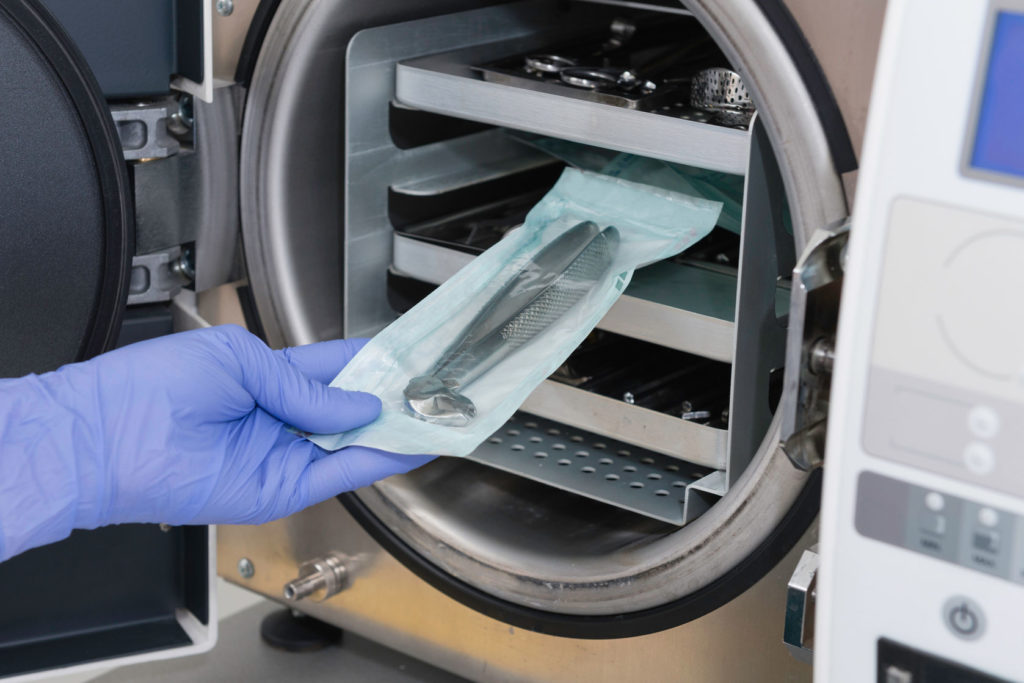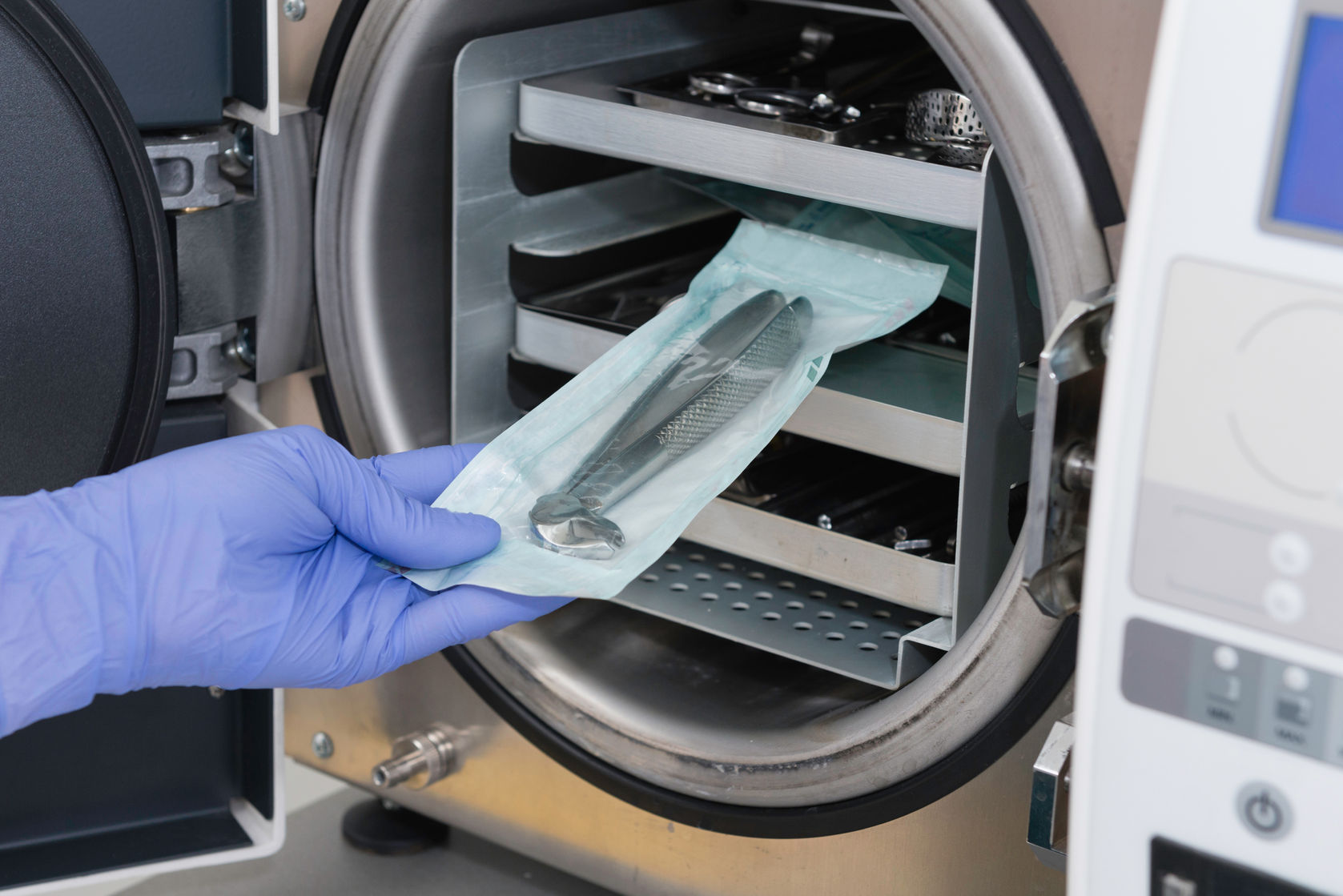Update (April 15, 2019): Last week, the FDA announced the temporary shortage of a breathing tube resulting from the Sterigenics facility closure. The shortage of the tracheostomy tube manufactured by Smiths Medical is expected to impact pediatric patients the most, given the limited quantity of functionally equivalent devices. By working with the FDA, the company has found an alternative sterilization facility to keep up with the demand, although the FDA does not expect the shortage to cease until the week of April 22. The FDA says they will continue to work with suppliers and contract sterilization facilities to prevent or quickly resolve device shortages.
Originally published on March 28, 2019:
Last year, a shortage of EpiPens threw drug manufacturers, regulatory authorities and consumers into a frenzy. However, this shortage only affected those who had anaphylaxis. Now, a different problem affecting the medical device supply chain can potentially impact millions more.
In February, the Illinois sterilization facility, Sterigenics Willowbrook, was hit with an Environmental Protection Agency (EPA) warning to shut down operations due to high levels of ethylene oxide, used to clean medical devices. Over 90 percent of the products sterilized at the facility are medical devices.
Medical devices must be sterilized to kill disease-causing microorganisms. Ethylene oxide destroys microorganisms by disrupting cell growth and division and is considered a safe and effective sterilization method. Typically, it is used to sterilize everything from wound dressings and surgical kits already wrapped in plastic, to more intricate devices like catheters and stents. The US Food and Drug Administration (FDA) estimates that 50 percent of all US medical devices are sterilized with ethylene oxide.
But the noxious gas can have harmful effects on human health. Acute exposure to ethylene oxide can cause skin and eye irritation as well as headaches, nausea and airway inflammation. Those working at sterilization facilities could be breathing in air contaminated with ethylene oxide, putting them at risk for long-term health problems. As a result of 12 days of air quality monitoring, the EPA reported ethylene oxide levels reaching nearly 11 micrograms per cubic meter in the two buildings closest to the facility. While the EPA does not have a threshold for toxic levels of ethylene oxide, the agency “considers any exposure, however small, to a carcinogen to create some cancer risk”.
Earlier this week, the FDA released a statement warning about potential device shortages in the wake of the Sterigenics Willowbrook facility closure. Among their priorities is directly contacting drug manufacturers to identify alternative sterilization solutions for some 600 types of devices that could be affected by this closure. Chlorine dioxide, hydrogen peroxide and peracetic acid are listed as alternative sterilizers for medical devices, although they may not be appropriate for all affected devices. The FDA also plans to launch an innovation challenge to encourage companies to develop novel sterilization methods with low environmental impact.
While no shortages have been reported yet, it doesn’t help that a different sterilization facility is planning to shut its doors later this year. Viant Grand Rapids will be shutting down following similar air quality issues reported by the Michigan Department of Environmental Quality.
A pan-medical device shortage can affect everything from a minor surgery error to a patient’s livelihood. It is unlikely that the FDA will break its own rules to permit medical devices to go unsterilized as the risk of infection and transmission of these infections are too great.












Join or login to leave a comment
JOIN LOGIN